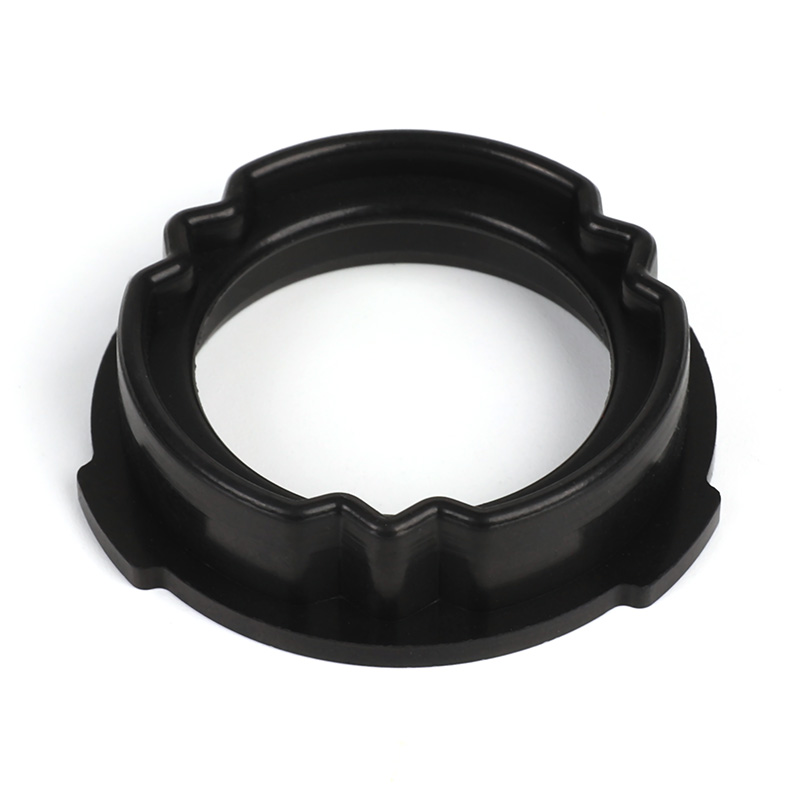+86-576-88024290
Search
17 01, 2025
Industry Updates

The transmission oil pump seal is a vital component in automotive and industrial systems that rely on efficient lubrication and fluid transfer. Its primary function is to prevent leaks and maintain the proper sealing of transmission oil pumps. Given the crucial role this seal plays in ensuring smooth operation, its design and material choice are key considerations in achieving both durability and performance. A transmission oil pump seal must be designed with a broad range of factors in mind to withstand various mechanical challenges and environmental conditions.
One of the important aspects of the transmission oil pump seal is its material diversity. The variety of materials used for seals is necessary to meet the specific requirements of different systems and working environments. The transmission oil pump seal must be made from materials that can resist continuous exposure to oil, heat, and the mechanical stresses that come with fluid circulation. Materials such as rubber, silicone, and specialized elastomers are often used, but they must be carefully selected based on the operational temperature ranges and chemical properties of the transmission fluid. The materials chosen for the transmission oil pump seal are essential in determining its longevity and resistance to wear and tear.
The transmission oil pump seal needs to function effectively under a wide range of operating conditions. This includes the ability to maintain its sealing properties in both low and high temperatures, preventing fluid leakage under conditions where other seals may fail. For example, in colder climates, a transmission oil pump seal must be able to maintain its elasticity and create an effective seal even as temperatures dip, while in hotter environments, it must endure high operating temperatures without compromising the integrity of the seal. The performance of the transmission oil pump seal must remain consistent regardless of the external temperature fluctuations, ensuring that the transmission fluid stays contained and the pump operates efficiently.
Beyond temperature, the transmission oil pump seal must also be designed to withstand the varying humidity levels encountered in different environments. Moisture can introduce corrosion, which can cause deterioration of the seal material and cause leaks. To counter this, manufacturers design seals that resist the absorption of moisture, ensuring that the transmission oil pump seal remains intact over the lifespan of the vehicle or machinery. This moisture resistance is crucial in maintaining the longevity of both the seal itself and the system as a whole, preventing costly repairs and downtime.
Another aspect that makes the transmission oil pump seal versatile is its adaptability to different oil types. Transmission fluids can vary greatly depending on the manufacturer’s specifications, and the transmission oil pump seal must be compatible with these various oil types. Whether it’s a conventional fluid or a synthetic variant, the seal must maintain its flexibility and resilience while ensuring no oil leaks occur. This compatibility is particularly important in high-performance systems, where maintaining proper lubrication is essential to prevent damage to the gears and other components.
The transmission oil pump seal’s ability to function reliably over time is also a result of its robust design. This seal is subjected to constant motion and pressure, which could cause wear over time. However, with the right choice of materials and manufacturing processes, a well-designed transmission oil pump seal can maintain its integrity under continuous operation. This durability is essential to prevent the common issues of oil leaks or loss of transmission fluid, both of which can cause reduced system efficiency and possible breakdowns.
As automotive and industrial systems become more advanced, the demands on the transmission oil pump seal increase. Seals must now be capable of withstanding more intense pressures, higher operating speeds, and more complex fluid compositions. Engineers are constantly working to refine the design of the transmission oil pump seal to meet these evolving demands. Innovations in seal design, such as enhanced surface coatings or the use of composite materials, help to improve the transmission oil pump seal’s performance and longevity, even in the face of challenging operating conditions.
In conclusion, the transmission oil pump seal plays a critical role in ensuring the efficient operation and longevity of transmission systems. Its material diversity and environmental adaptability make it a crucial part of modern automotive and industrial machinery. Whether it is designed to withstand varying temperatures, resist moisture, or endure different transmission fluid types, the transmission oil pump seal must perform reliably under a wide range of conditions. With ongoing advancements in materials and design, the transmission oil pump seal will continue to meet the ever-growing demands of high-performance systems, ensuring that they remain sealed and operational for years to come.